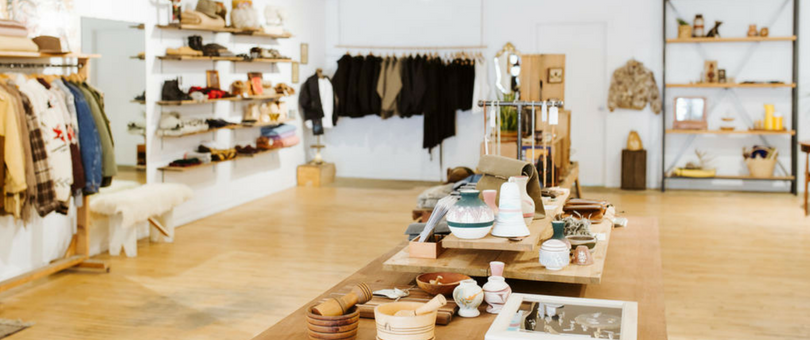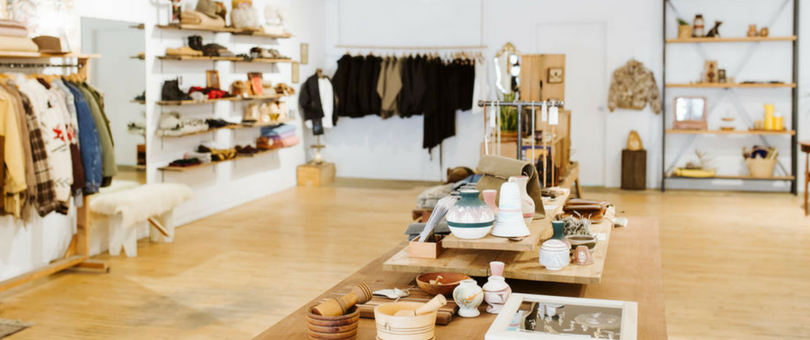 Pop-up shops are a great way to get your products in front of new customers. Not only can you make sales, but you can also boost brand awareness and get valuable feedback directly from your customers.
Pop-up shops are a great way to get your products in front of new customers. Not only can you make sales, but you can also boost brand awareness and get valuable feedback directly from your customers.
But running your own pop-up shop isn’t a straightforward task. There are hundreds of moving parts, from choosing a venue to launching your shop to evaluating its success. While there are best practices for running a pop-up store, learning from others who have hosted successful pop-ups can be a great source for ideas.
That’s why we’ve done the legwork to compile a list of brands that got it right and a few takeaways for pop-up shop newbies. Here are 10 pop-up shops to inspire you on your offline retail sales journey.
1. BarkShop Live
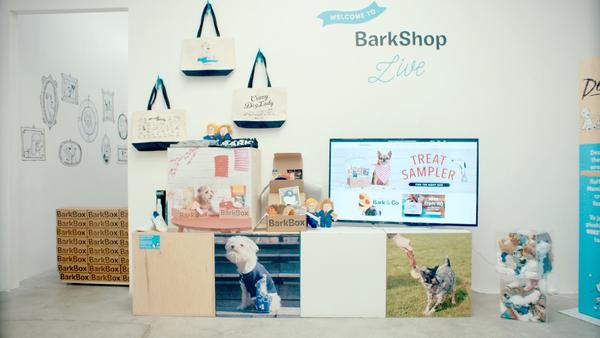
BarkShop.com, the online subscription box and pet gift store, opened a pop-up shop called BarkShop Live in Manhattan’s Soho neighborhood. There, they invited pet owners to bring their four-legged friends to “shop.”
Once inside the dogs were outfitted with tech-equipped vests that tracked their movement. An app provided insights on their dog’s toy preferences as well as a way to purchase items that would be shipped directly to their homes.
By treating the pop-up shop as a testing ground, BarkShop got lots of data about its products. The event also served as an experiment for future expansion into brick-and-mortar retail, tapping into the experiential marketing trend.
“To create really great experiences for dogs, we’ve realized that we need to create really good experiences for their humans too,” Henrik Werdelin, co-founder of Bark & Co., told Digiday. “There aren’t too many cool things you can do with your dog right now, except maybe going for a walk or to the park.”
TAKEAWAY: Use a pop-up as a way to gather data, such as product preferences or locations for potential brick-and-mortar stores.
2. Birchbox
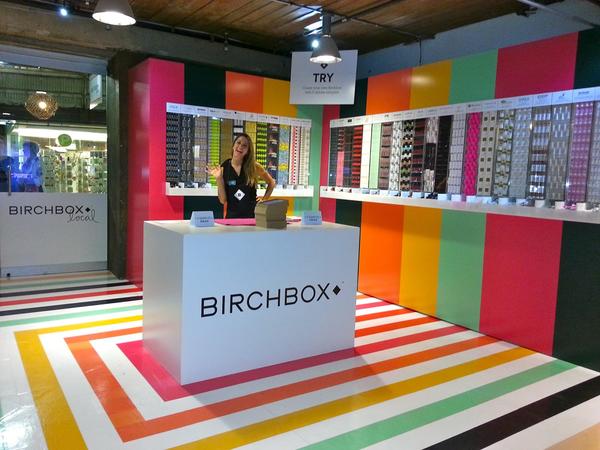
Another subscription brand, Birchbox, used the idea of a pop-up shop to test their brick-and-mortar concept. The beauty retailer went on a national tour, visiting several cities across the United States in order to let shoppers experience its brand in person.
In addition to being able to build your own box of makeup, customers could visit “Try Bars,” where they tested the latest beauty products and trends. They were also treated to manicures and astrology readings — activities that were an added incentive to visit the shop. After the success of its pop-up shop tour, Birchbox opened its first permanent location in New York’s Soho neighborhood.
TAKEAWAY: Let customers try your products in person, and present them in a way that is engaging.
3. Penguin
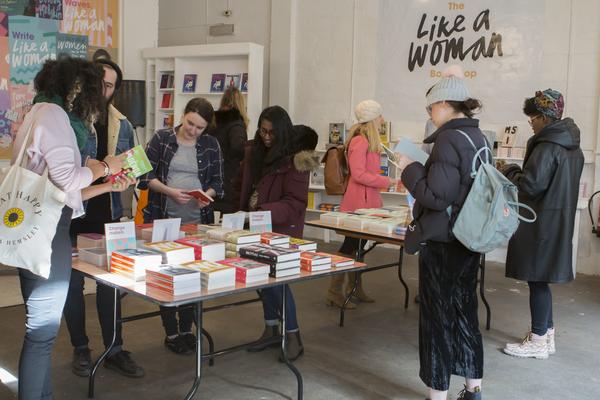
Gift-giving holidays, such as Christmas or Mother’s Day, are popular seasons for pop-up shops, but any recognized day or event could provide a ready theme. Penguin Living, the lifestyle division of Penguin Random House, set up a pop-up bookshop in London on International Women’s Day. The sale offered titles by female writers, honoring “the way that women contribute, often under the radar, to every facet of society,” according to the company.
In addition to selling books, visitors could attend workshops and author appearances. Proceeds from ticket sales were donated to Solace Women’s Aid, a charity that provides support to domestic violence survivors. Customers could also purchase books that were donated to nonprofit.
Penguin’s pop-up took advantage of the power of cause marketing. Nearly two-thirds of millennials and Gen Z express a preference for brands that have a point of view and stand for something, and 92% of customers have a more positive image of a company when the company supports a social or environmental issue, reports Canadian Business.
TAKEAWAY: Connect your brand to a holiday or event to provide a pop-up theme and spur press coverage.
4. West Elm
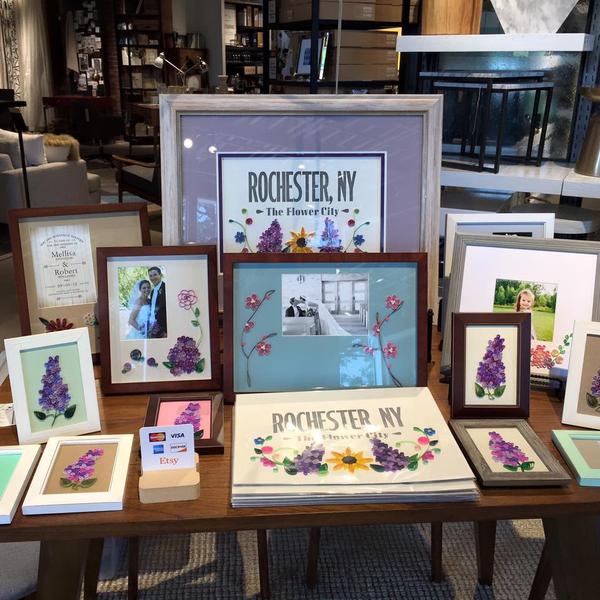
Home décor retailer West Elm invites local business owners to set up pop-up shops in their stores on weekends. The opportunity, called West Elm Local, gives artisans a chance to expand their brand awareness and potentially their customer base, as well.
Paper artist Megan Alchowiak has participated in five West Elm pop-up opportunities. She demonstrates her work, which makes her display intriguing.
“My work is dimensional and hard to photograph,” she told Craft Industry Alliance. “Many people don’t know what paper quilling is. Once they see it, they purchase it immediately.”
Dallas Illustrator Molly Lam uses the West Elm pop-up opportunity to grow her following and build her email list. She leverages the retailer’s strong brand.
“Ultimately, West Elm is giving you a free opportunity to talk to their customers,” she said.
TAKEAWAY: Look for ways to partner with other brands or to piggyback off of major retailers’ market.
5. The RealReal

The RealReal opened its first pop-up shop in New York City in 2016 to increase brand awareness. The event, which combined the company’s high-end apparel with a café and flower shop, delivered $2 million in sales for the luxury consignor, according to Chain Store Age.
The pop-up included private shopping times for VIP customers as well as educational workshops. Consignors could also bring in items for quotes. The RealReal’s pop-up success prompted the brand to devote 2018 to “the year of the pop-up,” reports Digiday, expanding events to cities across the country.
“Once somebody walks in and gets sucked into the cool features and values of the brand, they become loyalists,” said Allison Sommer, director of marketing. “These shops help to build awareness in new markets that lives on when the pop-up is gone.”
TAKEAWAY: Invite existing customers to a VIP night at your pop-up to enhance loyalty.
6. IKEA Play Café
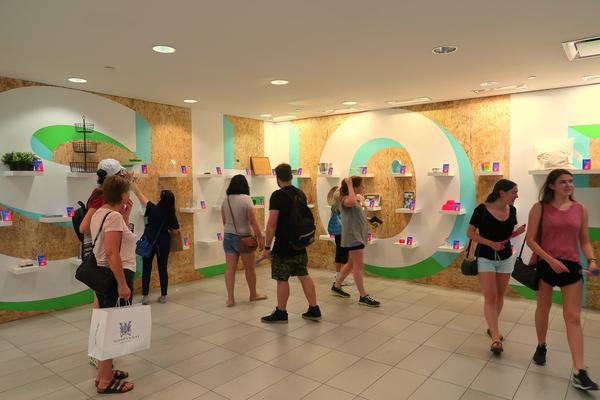
Furniture retailer IKEA has a café in its stores that serves its famous meatballs. It held a pop-up café in Toronto to spotlight its food, giving diners a chance to enjoy its meatballs, chicken balls, and veggie balls without trekking through the giant store.
In addition to the dining experience, houseware products related to cooking, eating, and entertaining were also available to try out.
“For us, it’s really about defying the conventions,” corporate press officer Stephanie Harnett told The Toronto Star. “For the past two years we’ve had a really big focus on food, so life in and around the kitchen — the growing, the cooking, the storing and the entertaining, from a food perspective.”
TAKEAWAY: Showcase and allow customers to interact with one facet of your business that might not be as well known.
7. Blamé
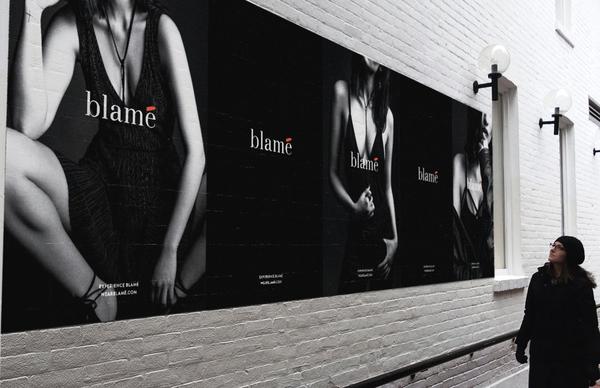
The YWCA leveraged the popularity of pop-up shops to draw attention to the International Day for the Elimination of Violence Against Women. It set up a boutique called Blamé that displayed women’s clothing. When guests read the product signs and price tags, however, they realized that the pop-up wasn’t about sales.
One tag said: “She’s 16, why was she that drunk where she doesn’t remember? It could have been much worse. She’s lucky.”
The pop-up was meant to draw attention to how victims of violence are treated.
“Victim blaming is sometimes something that you stumble into. Normal, decent people could be in that role, and just arrive there without thinking,” said Terry Drummond of Juniper ParkTBWA, the marketing firm that helped the YWCA create the event.
TAKEAWAY: Pop-up shops don’t have to sell items. Use their popularity as a creative way to bring awareness to your mission or services.
8. Kylie Cosmetics
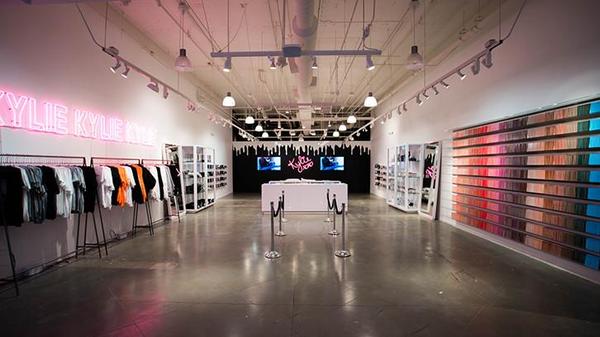
Kylie Jenner teamed up with Shopify to take her cosmetics brand from ecommerce to IRL. The pop-up store in Los Angeles mall had a minimalistic design and included a replica of Kylie’s bedroom. Customers could use the selfie station and shop the wall of her famous lip kits. About 25,000 people came out to experience Kylie Cosmetics in person, and several products sold out.
The successful two-week event prompted Kylie Cosmetics to open seven pop-up locations across the country during the 2017 holiday season, with locations in New York, Las Vegas, Miami, Chicago, Atlanta, and Houston. This time, Jenner added two lip kits that were exclusive to the pop-up shop.
TAKEAWAY: Create special products for your pop-up, giving current online shoppers a reason to attend.
9. Leesa Dream Gallery
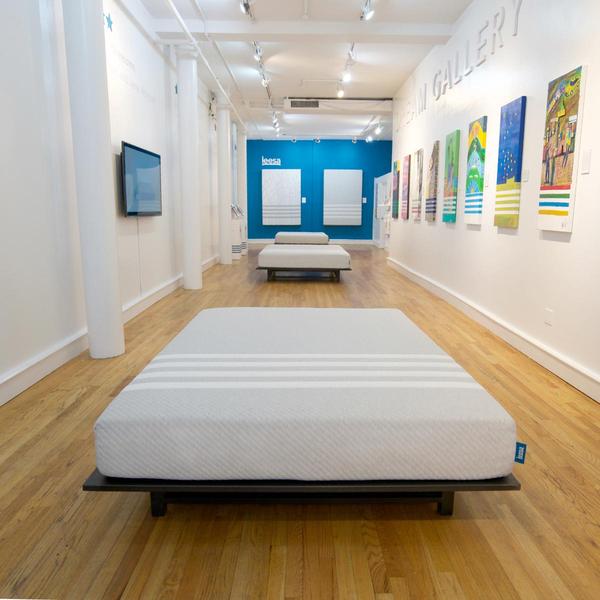
The online mattress-in-a-box retailer Leesa gave customers a chance to try its product in-person. To make it memorable, it turned the experience into a statement by holding the pop-up shop in a SoHo gallery filled with art from ArtLifting, an online marketplace of works created by artists who were disabled or homeless.
The Leesa Dream Gallery exhibited artwork that centered on the theme “Everybody has a dream: What’s yours?” The artwork was for sale as originals or prints. Leesa also offered a limited edition mattress that featured a cover inspired by one of the artists.
The event was billed as being a “no-pressure environment,” without pushy salespeople. Customers could lie down on the mattress, or simply enjoy a cup of coffee and discover up-and-coming artists.
TAKEAWAY: Partner with a nonprofit that complements your business, and give then a way to showcase their work.
10. Pantone Café
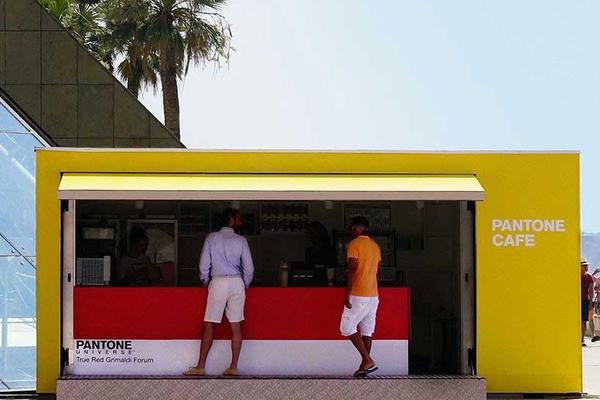
During Paris Fashion Week, global color expert Pantone set up a pop-up event called Pantone Café, selling food in the same vivid shades as its colors. Shoppers could enjoy beverages, such as Jolly Green juice and Espresso, and food that included Eclair and Croissant, each labeled with the corresponding Pantone color number.
The café was set up in a bright red shipping crate that’s also reflective of a Pantone color (Monte Carlo red). And paper goods also included a Pantone shade. By turning colors into food, Pantone Café let shoppers experience Pantone through a variety of senses.
TAKEAWAY: Consider how your products translate into food, allowing customers to experience your brand in a unique way.

